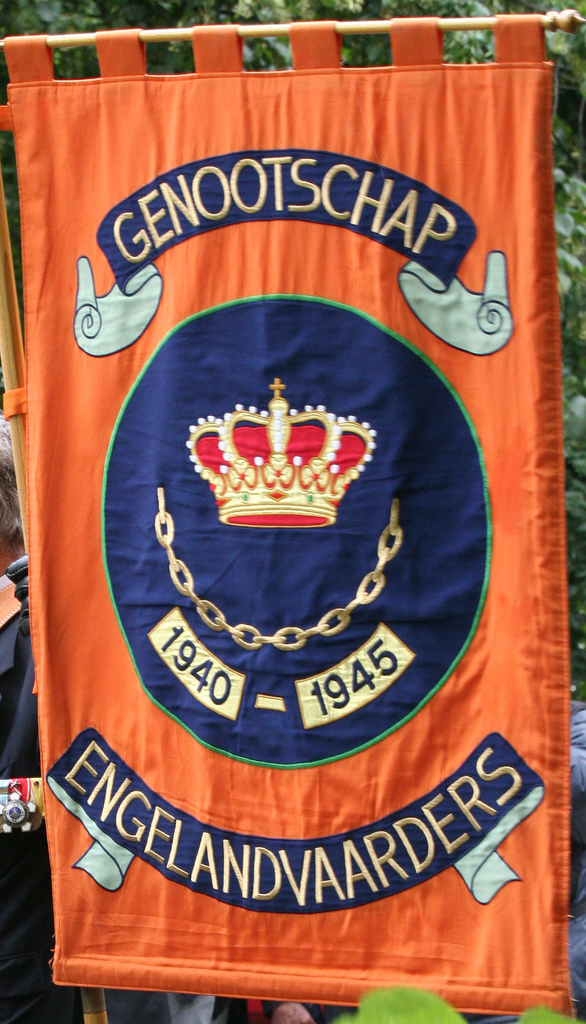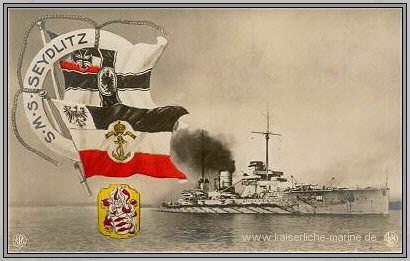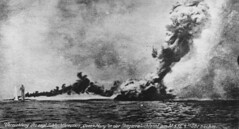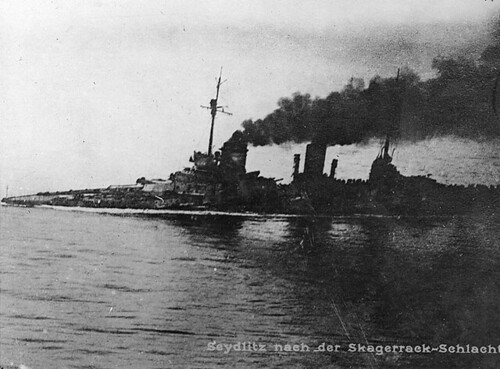You can find it all over at the FOIA website, but you'll have to poke around to find it (click "Read" on the circa-1998 style page).
I've included the Executive Summary below for your review.
I do have a pullquote for you to consider as well, from the bottom of page 75 and top of page 76;
As the boats approached, some crewmembers observed a flag and eventually identified the vessels as Iranian Revolutionary Gurad Corps (IRGCN). [redacted] ordered the RCB 802 gunners to back away from their weapons so as not to appear intimidating. At the same time, [redacted] ordered the RCB 805 gunners not to chamber rounds in their weapons because he believed the approaching boats had the advantage and he did not want to escalate the situation. RCB 805's Coxswain attempted to maneuver between the boats and RCB 802, but could not block both IRGCN patrol craft at the same time. Many crewmembers believed, contrary to their pre-deployment training and the CJCS Standing Rules of Engagement that they could not engage in serlf-defense unless the Iranians fired first.I highly encourage everyone to read this. There is a lot to rage about from a leadership, seamanship, training, maintenance, and crew planning perspectives, but I'm not going to do that. I don't need to - and here is when things get positive.
...
As RCB 802 attempted to accelerate, the two Iranian boats maneuvered into its path and pointed their weapons at the crew; [redacted] directed RCB 805 to "go, go, go" via bridge-to-bridge radio. [redacted], seeing the Iranians charge their weapons and point them at RCB 802 crewmembers, refused to move RCB 802. [redacted] reinforced the need to move, but [redacted] refused, believing that he would have gotten a fellow crewmember shot. He later characterized the exchange as "this dumb conversation with [redacted] about how I am not going to drive."
I don't need to because the report does so for me. This is a good report. Open and clear eyed, and at my first reading in line with how things should be done. It is the only way we learn from these things, and it says a lot about the best parts of our service culture that we have this out in the open for all.
Read it. Learn from it. Be glad you serve in a navy that would publish this.
Now, let's revisit the decision a few years ago to classify INSURV so I wouldn't blog about them ....



























